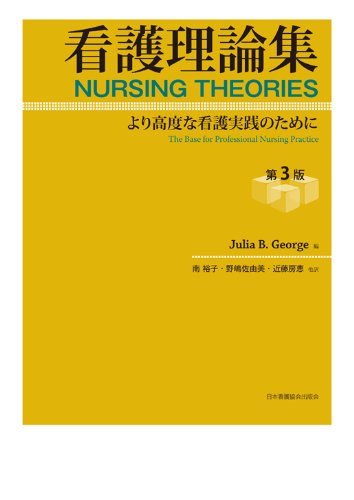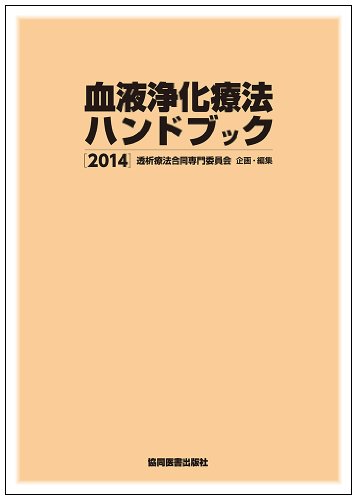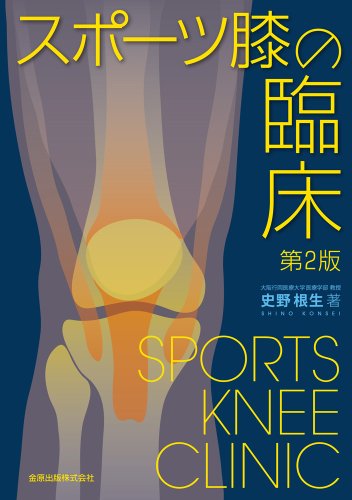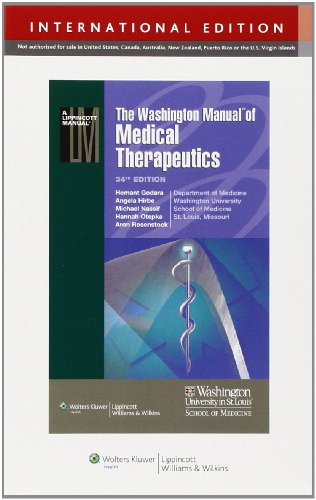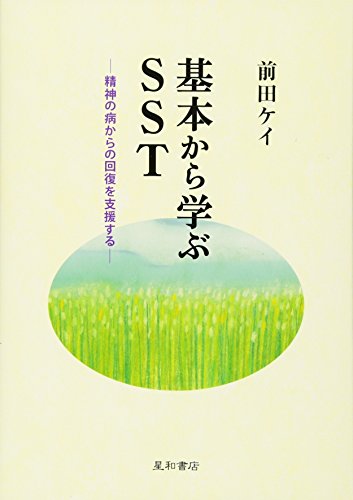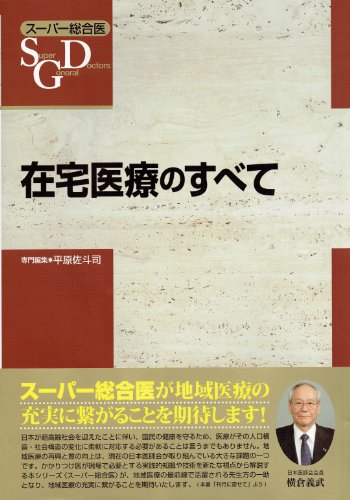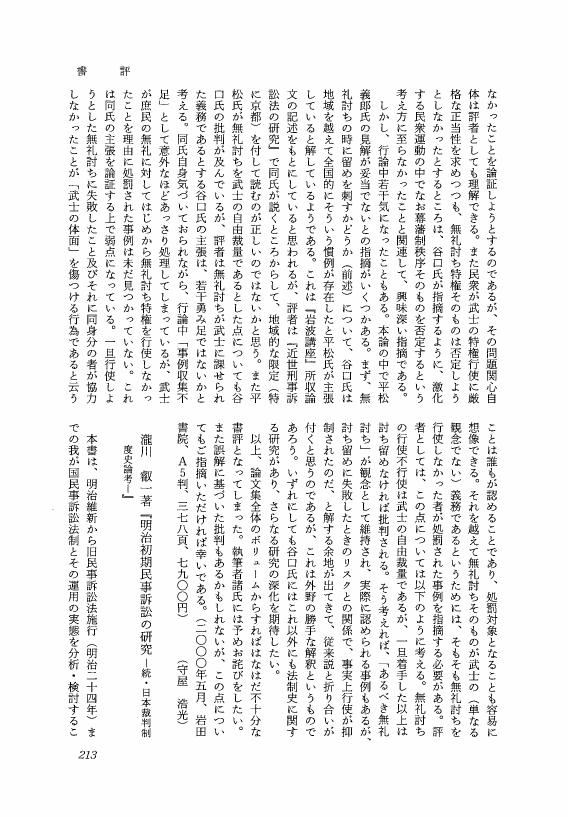1 0 0 0 看護理論集 : より高度な看護実践のために
- 著者
- Julia B. George編 南裕子 野嶋佐由美 近藤房恵他訳
- 出版者
- 日本看護協会出版会
- 巻号頁・発行日
- 2013
1 0 0 0 血液浄化療法ハンドブック
- 著者
- 透析療法合同専門委員会企画・編集
- 出版者
- 協同医書出版社
- 巻号頁・発行日
- 2014
1 0 0 0 リスニング50のルール
- 著者
- 長尾和夫 アンディ・バーガー著
- 出版者
- 三修社
- 巻号頁・発行日
- 2008
1 0 0 0 スポーツ膝の臨床 = Sports knee clinic
- 著者
- editors Hemant Godara ...
- 出版者
- Wolters Kluwer/Lippincott Williams & Wilkins
- 巻号頁・発行日
- 2014
- 著者
- 高齢先進国モデル構想会議編
- 出版者
- 日経BPマーケティング (発売)
- 巻号頁・発行日
- 2013
1 0 0 0 基本から学ぶSST : 精神の病からの回復を支援する
1 0 0 0 IR 自尊心と外国人受容--日本・韓国・台湾の調査から
- 著者
- 向井 有理子
- 出版者
- 大阪市立大学大学院文学研究科都市文化研究センター
- 雑誌
- 都市文化研究 (ISSN:13483293)
- 巻号頁・発行日
- no.9, pp.20-33, 2007-03
1 0 0 0 OA 民族的好悪とその人格的要因
- 著者
- 葛谷 隆正
- 出版者
- 一般社団法人 日本教育心理学会
- 雑誌
- 教育心理学研究 (ISSN:00215015)
- 巻号頁・発行日
- vol.8, no.1, pp.8-17,65, 1969-10-15 (Released:2013-02-19)
- 参考文献数
- 12
われわれは民族的好悪とその人格性要因に関する問題について男女232名に対して行なつた調査結果を考察してきたが, いまその主要な点を要約し列挙してみることとしよう。(1) 大学生の民族的好悪の状態は5年前の調査結果と比較して0.874という高い相関があり, かなりの一致性がみられるが, 特にシナ人・インド人・朝鮮人に対しては一の方向に, オーストラリヤ人・スイス人・アメリカ人に対しては十の方向にかなりいちじるしい変化をきたしていた。(2) 民族的好悪感と民族的優劣観とは0.760の相関を示し, 相当の一致性のあることがわかつた。しかし, ロシア人・ユダヤ人・シナ人・アメリカ人においては好悪感よりも優劣観においていちじるしく+であり, これに反し日本人・インド人・ビルマ人・フィリピン人・黒人に対してはいちじるしく一であることが注目された。(3) 民族的好悪と人格性要因との関係については,(i) 外国びいきの性格の強もいのはそうでないものよりも優劣点・自己嫌悪点がより高く, 偏見点においてより低いという傾向が顕著にみられた。しかし偏見点が彼等においてより低いということは外国びいき自国ぎらいという人間的罪悪感から逃れるためのかれらのとる自己防衛手段の現われではないかと察せられる。(ii) ・偏見的性格の強いものはそうでないものに比して優劣点がより低く自己嫌悪点がより高いという傾向が明瞭に看取された。(iii) 自己嫌悪の強いものはそうでないものよりも優劣点も偏見点もより高いという傾向がはつきりうかがわれた。(iv) したがつて, 外国びいきの性格の強いものも偏見的性格の強いものも基本的には同一の人格性力学をもつた2つの異なつた姿であると見られる。
1 0 0 0 OA 青年期における孤独感を中心にした生活感情の関連構造
- 著者
- 落合 良行
- 出版者
- 一般社団法人 日本教育心理学会
- 雑誌
- 教育心理学研究 (ISSN:00215015)
- 巻号頁・発行日
- vol.33, no.1, pp.70-75, 1985-03-30 (Released:2013-02-19)
- 参考文献数
- 7
- 被引用文献数
- 1
1 0 0 0 OA (書評)水戸部正男著「公家新制の研究」
- 著者
- 小林 宏
- 出版者
- 法制史学会
- 雑誌
- 法制史研究 (ISSN:04412508)
- 巻号頁・発行日
- vol.1964, no.14, pp.247-249, 1964-11-15 (Released:2009-11-16)
1 0 0 0 OA (書評)瀧川叡一著「明治初期民事訴訟の研究―続・日本裁判制度史論考―」
- 著者
- 藤原 明久
- 出版者
- 法制史学会
- 雑誌
- 法制史研究 (ISSN:04412508)
- 巻号頁・発行日
- vol.2001, no.51, pp.213-218, 2002-03-30 (Released:2009-11-16)
1 0 0 0 OA 物語文学始発期の書写形式を憶測し、古代物語の特性を問う
- 著者
- 田中 新一
- 出版者
- 金城学院大学
- 雑誌
- 金城学院大学論集. 国文学編 (ISSN:04538862)
- 巻号頁・発行日
- vol.44, pp.17-33, 2001
1 0 0 0 出芽酵母のサーチュインを介した細胞老化制御機構に関する研究
出芽酵母は細胞レベルの老化・寿命研究モデル生物として非常に有用である。本研究では、遺伝学、トランスクリプトミクスおよびメタボロミクスの手法を駆使し、分裂寿命(一つの細胞が老化して死ぬまでの出芽回数)の決定機構および老化の進行に伴う細胞の変化を明らかにすることを目指した。本年度は前年度までに得られた老化細胞のトランスクリプトーム解析から新規の寿命制御機構を発見した。老化細胞のトランスクリプトームおよびメタボローム解析による細胞老化機構の解明前年度までに、細胞老化の進行過程での変化を知るために、老化段階の異なる細胞(1、4、7および11世代)を調製し代謝と転写の変化に着目した。ピルビン酸に加えてTCA回路の中間代謝物量が老化の進行に伴い増加し、多くのアミノ酸は次第に減少していた。これらの代謝変化に対応する酵素遺伝子の転写量変化が見られたことから、老化細胞での代謝の変化は転写の変化が原因であると考えた。7世代から11世代にかけて転写量が増加した遺伝子に着目すると、定常期で転写が誘導される遺伝子群が多く含まれていた。以上の成果をJournal of Biological Chemistry誌で発表した。ビタミンB6による分裂寿命制御11世代で特に転写量が増加した遺伝子の中で、ビタミンB6合成に関与するSNZ1 遺伝子に着目した。SNZ1 遺伝子を破壊した株の分裂寿命は野生型株よりも短かった。ビタミンB6トランスポーターをコードするTPN1 遺伝子の破壊株は snz1 株と同様に短寿命であった。分裂寿命測定培地に過剰量のビタミンB6を加えると、snz1 とtpn1 株の寿命が回復した。以上より、出芽酵母の分裂寿命にはビタミンB6が必要であることを明らかにした。
1 0 0 0 IR 大坂観の近世的展開
- 著者
- 鎌田 道隆
- 出版者
- 奈良大学史学会
- 雑誌
- 奈良史学 (ISSN:02894874)
- 巻号頁・発行日
- vol.6, pp.1-28, 1988-12
私たちは近代社会で生活し、近代的価値観のなかにどっぷりとつかった日常を生きている。近代的価値観とは何だろう。進歩、発展、早さ、便利、合理的等々の概念もそれである。近代人なら誰でもが賛意を表する価値意識、それを近代的価値観とよんでよいだろう。もちろん、近代的価値観はもともと人間的な規模と尺度に準拠していたはずであるが、むしろ今日では非人間的な機械的価値の面が強くなってしまったように思える。そして、その人間味を失った近代的価値観を、私たちは無批判に受け入れてしまってはいないだろうか。歴史学の研究にあたって、形骸化された価値観をもってさまざまな分析や評価を行なったりしてはいないだろうか。近世都市の研究の分野でも、経済的な発展や合理的な都市運営のしくみなどに着目し、どれだけ近代都市へ近づいたかといった視点のみにとらわれてはいなかっただろうか。ひとつの便利さを手に入れるために何を失ったのか。一見非合理的に見える昔の人々の生き方のなかに、どのような智恵や工夫や願いがこめられていたのか。形骸化された近代的な物指しで歴史研究をすすめるのではなく、歴史のなかに本来の人間を発見する作業も現在の歴史学には必要なことではあるまいか。現代の大阪に関する評価は、新聞の投書や論評などをみていても決して芳しくはない。開発が産業中心に行なわれ、人間的文化的な視点が弱いということになるのかもしれないが、江戸時代の大坂についてみるならば、相当に魅力的な都市である。大坂には近世の都市としての魅力がみなぎっており、都市の個性としても充分なものをもっているかに見える。近世都市大坂について、近代大阪にどれだけ近づいたかという視点ではなく、都市大坂のなかに人間性がどのように定着しているか、大坂がいかに人間を大切にする都市であったかを追跡してみたい。しかし、これは一つの試論にすぎない。とりあえず、江戸時代の人は大坂をどのように見ていたかということから、はじめに外国人の大坂観をみる。つぎに日本国内では大坂はどのように紹介されていたか、また旅人は大坂のどこに魅力を発見していたかを考察する。さらに大坂が近郷近在との深い交流のなかで都市問題に折り合いをつけながら、「大」大坂を成立させてくる過程をみていくこととする。
1 0 0 0 OA アリストテレスの三段論法の起源(2) : 論理学の形成過程をめぐって
- 著者
- 千葉 恵
- 出版者
- 慶應義塾大学
- 雑誌
- 哲學 (ISSN:05632099)
- 巻号頁・発行日
- vol.80, pp.25-55, 1985-05
We take issue with Shorey's thesis that the closest analogy to the Aristotelian syllogistic can be found in the causal reasoning of the Phaedo 100ff and that his "first idea" comes from this doctrine of Idea's causality. In our assesment, Shorey ignores the basic difference in the problem situation which lies between the causality discussed in AP_0 and the logical necessity in APr. We argue that the origin of the "first idea" should be traced back to Aristotle's practical interest in winning the argument, which in turn has led Aristotle to a theory of valid inference. First, he develops it as the Topos theory in Top II-VII 2. The aim of this theory is to offer the lists of argument-forms or rules concerning the validity of propositions. This prefigures some moments of his syllogistic, such as rules of logical necessity or propositional implications, the theory of the square of oppositions. Based on this Topos theory, the dialectical syllogism is theorized to a certain extent in Top I, VII 3-VIII, SE. Finally, Aristotle moves from the dialectical syllogism to the formal system of the syllogistic theory in APr by utilizing some aspects of the proportional theory of Pythagorean mathematics especially Book V of Euclid's Elementa by Eudoxos. Eudoxos supplies Aristotle with most of terminologies and technical procedures. Thus, Logic told the dawn.
1 0 0 0 OA アリストテレスの三段論法の起源(1) : 論理学の形成過程をめぐって
- 著者
- 千葉 恵
- 出版者
- 慶應義塾大学
- 雑誌
- 哲學 (ISSN:05632099)
- 巻号頁・発行日
- vol.79, pp.21-48, 1984
There are four ideas about the origin .of the syllogistic. Our aim is to trace the making of Aristotle's Logic, critically examining these ideas. We assume that APr presupposes Top SE and that Top II-VII 2 comes earlier than Top I, VII 3-VIII, SE. In the latter, "συλλογισμοs" (=syllogism) comes: to be used technically and theorized as dialectical syllogism. We examine first Plato's theory of division. Le Blond and others derive the ground of their idea about the origin of the Syllogistic,entirely from the sentence that the division is a weak syllogism. They interpret that Aristotle has established his syllogistic by his critical consideration of this weak syllogism. APr I 31 and APo II 5 where he criticizes Plato's division theory are different from one another in the aspect 'of argument. In APr I 31, he simply takes issue with all those who insist that the division has a power of the demonstration, and shows by trying, to syllogize the division that it cannot demonstrate anything. So he has no hesitation to say that the division is a syllogism. In APo II 5, while evaluating highly division's peculiar function, he clearly says that the division is not a syllogism. So "a weak syllogism" is mere irony. The syllogistic is not dans le prolongement of the division. But the division might be able to be arranged in the theory of the origin only in the sense of affecting the making of the dialectical syllogism in Top and SE.
